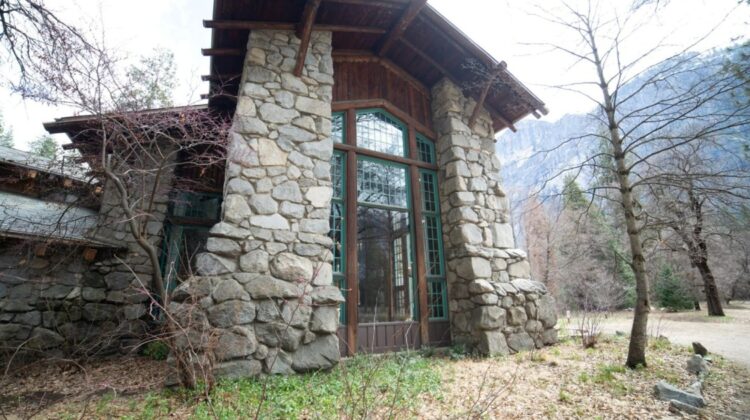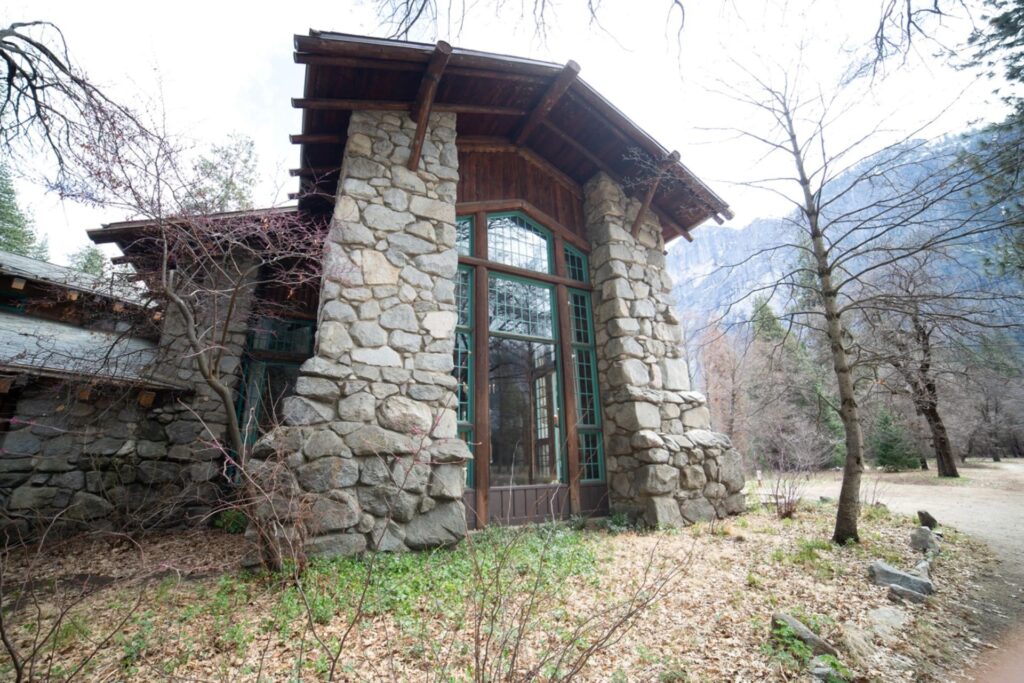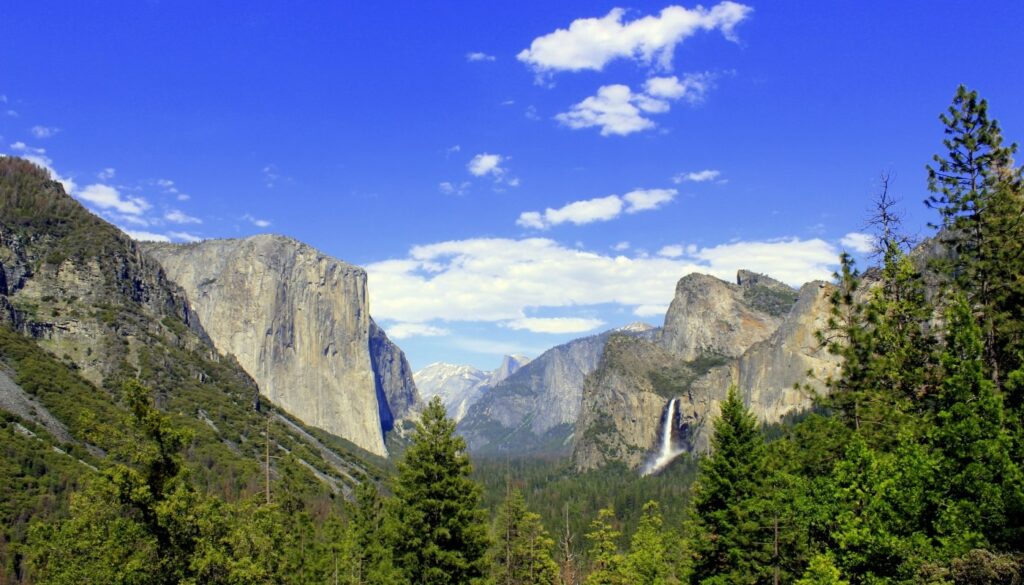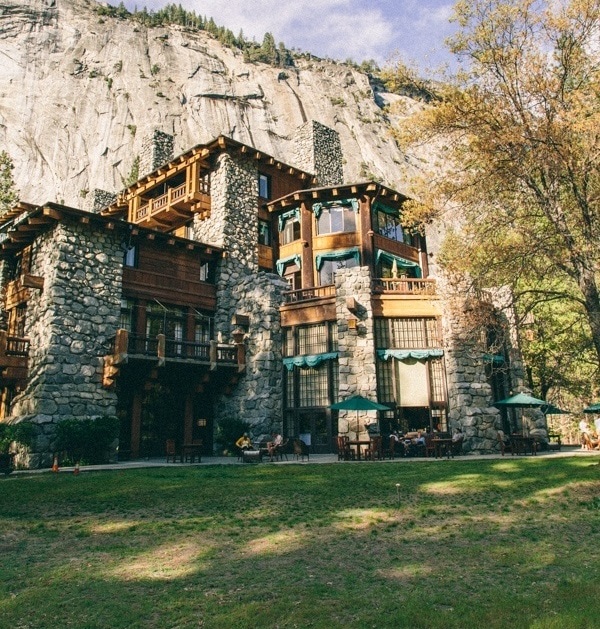
In a world where childhood memories of demolishing a friend’s meticulously built block tower may have once seemed like innocent play, visitors to Yosemite National Park found themselves confronted with an unexpected request that has sparked a viral conversation.
In a Facebook post that garnered over 10 million views since its July 11th debut, Yosemite National Park (@YosemiteNPS) called upon visitors to “dismantle and refrain from building rock cairns.” The nine-second clip accompanying the post showcased a wilderness restoration ranger toppling a sizable rock cairn, consisting of more than half a dozen substantial rocks.
The motivation behind this unusual request is rooted in the principles of Leave No Trace ethics, a philosophy that urges humans to leave no trace of their presence in the wilderness and to show respect for the creatures that inhabit these pristine landscapes.

The caption accompanying the video explained, “This dramatically oversized cairn is a mark of human impact and is distracting in a wilderness setting.” Furthermore, it underscored the point that constructing rock cairns can disturb the delicate ecosystems of small insects, reptiles, and microorganisms that make their homes beneath these stones.
Rock cairns traditionally serve as vital tools for navigation and safety along trails. However, they should ideally be constructed by experienced rangers and trail workers who understand the ecological consequences of moving rocks.

The National Park Service highlighted the adverse effects of disturbing rocks, such as soil disruption that increases the risk of erosion, as well as the potential harm to fragile vegetation and micro-ecosystems. An article on Ecology for the Masses in 2019 further emphasized the ecological importance of rocks in streams and rivers. It pointed out that aquatic insects, fish, and amphibians rely on the crevices and hollows between and under rocks to establish their habitats. Additionally, the removal of rocks can disrupt the natural filtration of water by algae, exacerbating issues in aquatic environments.
Yosemite National Park, encompassing an expansive 1,169 square miles of stunning wilderness, including iconic waterfalls and ancient giant sequoias, attracted 3.7 million visitors last year alone. This remarkable natural wonderland, first protected in 1864, remains a cherished destination for nature enthusiasts.

Reactions to the park’s plea ranged from surprise to gratitude. One commenter remarked, “Good idea. I wouldn’t have thought of it that way,” while another expressed appreciation, saying, “Have fun hiking. I didn’t know that it has to be dismantled. Thanks for sharing.”
The post concluded by advising visitors to other destinations to check local recommendations. It serves as a reminder of the delicate balance that must be maintained in our efforts to appreciate and preserve the natural beauty of our planet, demonstrating that sometimes, even seemingly small actions can have a profound impact on the ecosystems that surround us.

Leave a Reply